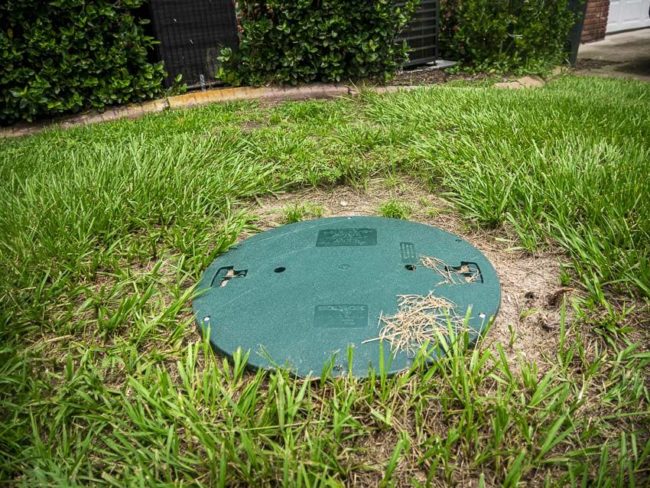Call This Wednesday to Get $25 OFF
Clean Solutions, Dirty Jobs – Done Right. Reliable. Responsive. Remarkable.
Call This Wednesday to Get $25 OFF
Clean Solutions, Dirty Jobs – Done Right. Reliable. Responsive. Remarkable.
Maintaining a healthy septic system is crucial for efficient waste management in many homes. While homeowners often focus on regular septic tank pumping and general maintenance, another essential factor can affect your system’s health—the “biomat.” This term might be unfamiliar to most homeowners, but it plays a pivotal role in your septic ecosystem’s overall health and functionality. As a trusted septic company, Septic Connection can help you understand biomat and its various effects on your waste management system.

Biomat is a naturally occurring layer that forms in the drainfield of your septic system. It comprises organic materials, microorganisms, and solids that accumulate in the soil surrounding the drainfield pipes. This layer becomes a biological and chemical barrier with time, regulating the flow of wastewater and the exchange of oxygen between the drainfield and the surrounding soil. Here are some effects of biomat that call for professional septic tank repair and maintenance services.
One effect of septic system biomat is reduced drainage efficiency for your drainfield. The biomat thickens and clogs the soil pores, preventing treated wastewater from infiltrating the surrounding soil. This can lead to slow drainage, backups, and wastewater overflows in your yard. If you suspect a problem with your system, call a professional for septic tank pumping and repair.
Another critical problem associated with biomat is groundwater contamination. When the biomat becomes excessively thick and impermeable, it can prevent proper wastewater treatment. This causes untreated or partially treated sewage to contaminate groundwater and other nearby water sources. This poses significant health and environmental risks, making regular septic tank repair, maintenance, and monitoring essential.
The septic system is an onsite waste treatment facility, and it is incredibly reliable. However, the system is only as effective…
Imagine flushing your toilet and then suddenly realizing that your backyard has turned into a swampy mess. This unpleasant experience is…
Soil testing is a critical step in various construction and environmental projects. It provides essential information about the ground conditions, which…
Grease traps are remarkable tools that help keep your establishment clean and free from bad odors. Septic Connection has a…
If you have just moved into a new home or property that relies on a septic system for waste and wastewater…
Biomat-related issues can cause septic system overload and eventual failure. When the biomat restricts the drainfield, excess sewage can return to your home or the septic tank. This overload can cause damage to the tank, compromising the system’s functionality further. If left unaddressed, you may need a complete septic tank installation, which is costly and inconvenient.
As biomat-related problems persist, you may notice unpleasant odors in your yard or near the septic system. This is caused by slow drainage and wastewater buildup, which creates anaerobic conditions that produce foul gases. In addition, surface water may pool in your yard because of poor drainage, creating soggy, unsightly areas.
To maintain a healthy septic system and mitigate the effects of biomat, prioritize regular septic tank pumping and inspection. Pumping removes solids that can contribute to biomat formation and allows for more effective effluent distribution in the drainfield. Avoiding excessive water usage and the disposal of non-septic-safe items, such as grease, chemicals, and solid waste, can help prolong the life of your system.
In case of biomat-related issues, hire a professional septic company for an inspection. Our experts can assess the extent of the problem and implement solutions such as aerobic treatment units, chemical treatments, or drainfield replacements to restore your septic system’s functionality. Regular maintenance, responsible usage, and timely help are vital to preventing and addressing biomat-related problems. Contact us at Septic Connection and talk to our experts about septic tank installation, pumping, and repair services.
Buying a home with a septic system can feel intimidating if you’ve never had one before. Unlike city sewer systems, septic systems rely on regular care and professional service to…
Read moreHosting a big party at your home can be exciting, but it also brings a unique set of challenges, especially when you rely on a septic system. Between extra guests,…
Read more